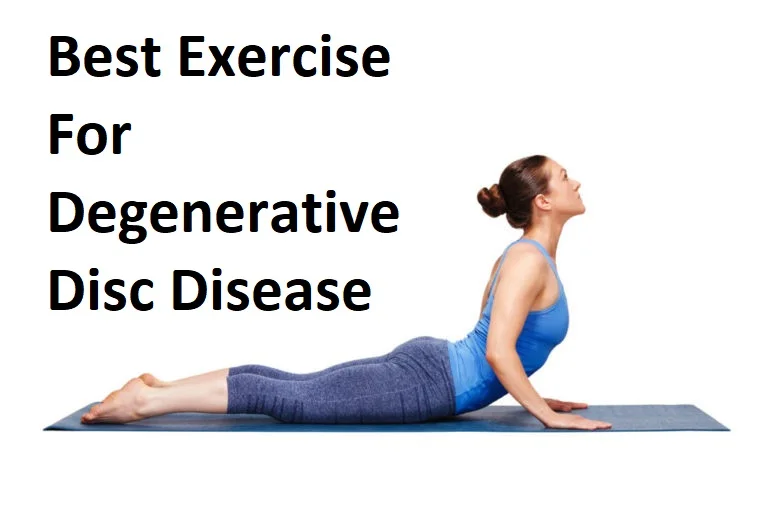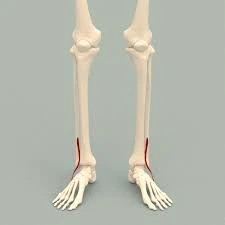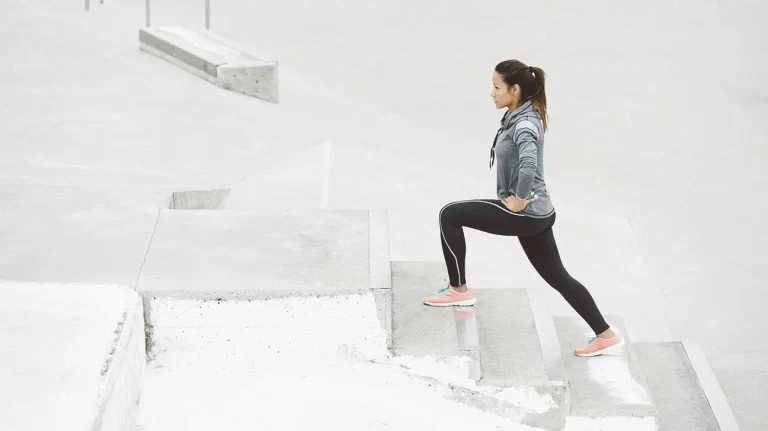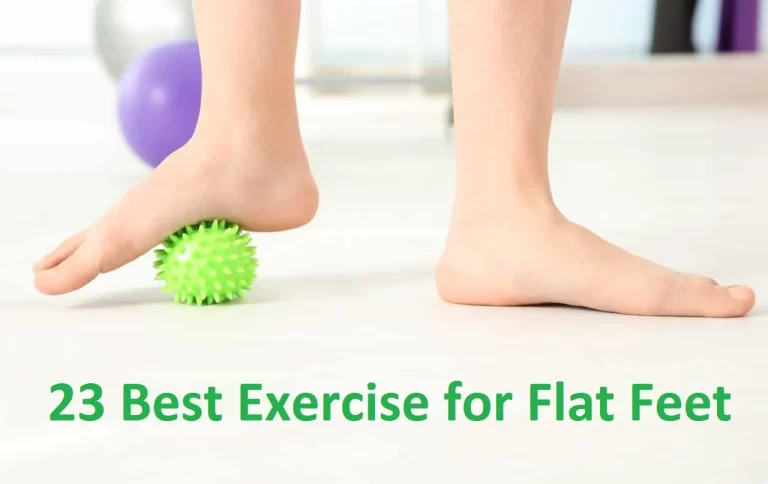Rectus abdominis stretching exercise
Table of Contents
What is Rectus abdominis stretching exercise?
- Rectus abdominis stretching exercise is an essential exercise to increase the flexibility of the lower back & there are many health benefits if the patient is doing exercise regularly.
- A rectus abdominis muscle is located in between the ribs as well as the pubic bone at the front of a pelvis. When the muscle is contracted, the characteristic bumps or even bulges are commonly known as a six-pack. The main action of this muscle is to move the body between the rib cage as well as the pelvis.
- The main function of these muscles is Trunk flexion, which compresses abdominal viscera & expiration. A rectus abdominis is the muscle of the abdomen known as the desired six-pack appearance.
- A Rectus abdominis is not commonly injured, but the patient may still experience muscle tightness after abdominal toning exercises, so a good stretching routine may reduce the discomfort of tight muscles. Even if the muscle is not tight, these stretches feel great any time of the day.
Health benefits of rectus abdominis stretching exercise
A good posture: When the rectus abdominis muscles are weak, the patient may naturally tend to slouch posture due he or she does not have the musculature to support proper alignment. Strong abdominals assist you to maintain good posture by helping prop up the spine so it feels more natural to stand tall with the arms as well as legs in alignment.
Assist to give a better performance in sports.
Assists to give you a Firm as well as toned trunk.
This stretching Reduces Lower Back Pain: The abdominal muscles act as the anchor for muscles of the middle as well as the lower back. If the abdominals are tight, it forces the back muscles to work harder to support the middle as well as the lower back.
Rectus Abdominal stretch increases the endurance of the muscles of the back so you fatigue less easily & are less vulnerable to strain or injury.
Decrease the tightness of the muscles, resulting in you an increased range of motion.
Increases flexibility as well as mobility
Stretching the muscle after a workout may help increase flexibility as well as mobility.
Boosts recovery: By stretching the abs, the patient is helping the muscles back to full motion & recover faster so you can work out again soon.
Brace the body for exercise: Doing dynamic stretches: stretches based on the movement before you work outlet the abdominal muscles to warm up & to get prepared for the activity ahead.
Anatomy of the rectus abdominis muscle
Origin as well as Insertion
Originating from a pubic crest (between pubic tubercle as well as pubic symphysis) at the lower end the muscle inserts with the assistance of fibers to the 5th to 7th coastal cartilage & the xiphoid process of a sternum. A muscle is interrupted (but not all the way through) by three (or more) fibrous bands called the tendinous intersections,
The most superior intersection is generally at a level of the xiphoid,
The lower intersection is at a level of the umbilicus
The middle one is midway between them.
Nerve
Spinal nerves T7 to T12 (ventral rami). T7 innervates fibers above a superior tendinous intersection, T8 innervates fibers between superior, as well as middle intersections & T9, innervates fibers between the middle as well as a lower intersections.
Artery
Superior as well as inferior epigastric arteries. (Also, small terminal branches from the lower three posterior intercostal arteries, subcostal arteries, posterior lumbar arteries as well as the deep circumflex artery can provide some contributions).
Variations of Rectus abdominis stretching exercise
Basic Standing Stretch
- How to perform it?
- The most basic stretch for the rectus abdominis is the standing abdominal stretch.
- To perform the stretch the patient has to Stand tall with the feet together & elevate the arms over the head.
- The fingers are extended so the palms of the hands are facing the roof.
- Lift the chest as you arch the back. Keep the arms extended toward the ceiling as you move the arms behind the head.
- Hold the stretch for thirty seconds & then rest for thirty seconds before performing the stretch 2 more times.
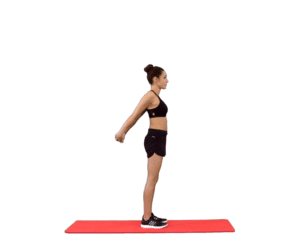
Belly Down Stretch
How to perform it?
The belly-down stretch is commonly known as a Cobra pose in yoga, which gives you the full stretch to the midsection of the abdominals.
To start the stretch, lie on the stomach with the legs extended behind you so the tops of the feet are in contact with the floor.
Flexed the elbows & put the palms close to the body and flat on the ground so they are even with the chest.
The front of the pelvis should be in close contact with the floor and extend the elbows so the back arches & the front of the body are elevated from the ground. Pull the shoulders back as you push the chest up.
The head remains in the neutral position as the eyes directly face the wall in front of you.
The arms do the work of supporting the body, so be sure to keep the abdominals & back relaxed for the duration of the stretch.
Hold this stretch for 30 seconds & then rest for 30 seconds before repeating the stretch twice.
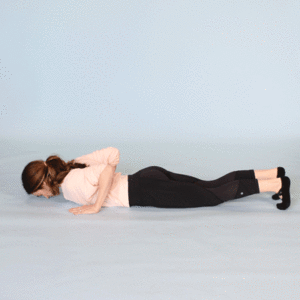
Stability Ball Backbend
How to perform it?
The stretch allows you to perform the backbend while offering body-weight support. For added stability, the stretch may be done with the ball next to the wall.
To perform the stretch, lie on the back over the stability ball so both the upper as well as lower back are touching the ball.
The wider the legs are spread, the greater the level of balance will be during the stretch since this increases the size of the base.
Stretch the arms behind you so the palms touch the ground and the fingers are facing the stability ball.
Allow the body to fall deeper into the stretch by relaxing the abdominal muscle & back as they take the shape of a ball.
As with the other stretches, hold the stretch for thirty seconds & repeat it three times.
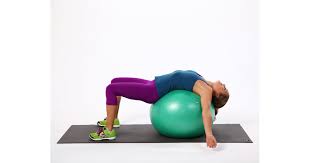
Cobra Pose abdominal stretch
Cobra Pose opens up the hips & gives the abdominal muscles a gentle, but thorough, stretch.
Lay face down on the ground or the exercise mat. This is the starting position.
With the hips flat on the floor, push the upper body upward, while looking straight ahead. It will stretch the abdominal muscles.
Hold the position for 20 seconds, then return to the embarking position.
Repeat 3 to 4 times in one session. Do three sessions per day.
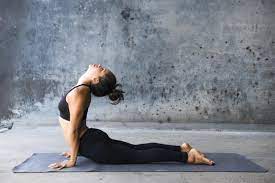
There are some mistakes the patient should not do during the rectus abdominis stretch
- Overstretching: Overstretching while this abdominal stretch could raise the risk of injury & even pulling a muscle, most likely in the obliques. The patient has to stretch the muscle enough that you feel the stretch only & nothing more, but the patient should stop stretching the muscle as soon as he feels any pain.
- Overarching the back: Overarching the back puts extra stress on the muscles in the trunk, as well as the thighs and hamstrings.
Leaning too far over laterally: Leaning too far while abs stretch causes a rise in the risk of injuries by giving extra strain to the obliques. - Instead, move in the comfortable yet stretching circular motion.
- Going too slow: It is one of the ab stretches that needs to be done at a moderate speed. The crunching action should be slow as well as controlled motion as moving too fast would put a strain on the obliques.
- Putting the head on a ball: The patient does not need to overextend the back & have the lower back on the ground as this could cause backache as well as strain. Instead, assure the patient has the shoulders & lower back raised onto the ball for optimal support.
- Pushing from the toes: Pushing from the toes may be dangerous & give strain on the legs as well as back.
- Moving too quickly: Stretching is slow-motion, & rushing will not allow you to feel the full advantages of ab workout stretches. So avoid rushing through the motion, take it slow & assure that the patient feels the muscles stretching.
- Bending the knees: In standing abs stretch, the patient has to stand up with the knees straight when doing this ab stretch. Bending the knees will risk the stretch & ultimately give unnecessary pressure on the legs as well as the knees.
FAQ
Why is a rectus abdominis important?
The Rectus abdominis flexes a trunk anteriorly. In addition, working together with other abdominal muscles, the muscle compresses the
abdominal viscera & increases intra-abdominal pressure, which has an important function in processes such as forced breathing, labor,
defecation as well as micturition.What causes pain in the rectus abdominis?
The most common cause of abdominal wall pain is nerve entrapment at a lateral border of the rectus muscle; this is known as anterior
cutaneous nerve entrapment syndrome. This is caused by compression of the anterior cutaneous nerve as it courses through the
abdominal wall musculature as well as aponeuroses.Does the rectus abdominis assist with posture?
The joints between the ribs & the vertebrae have to be mobilized & the individuals are given exercises to increase the downwards
movement of the ribcage. Training a rectus abdominis is not the complete answer to core stabilization but it is not detrimental to the
core or a posture either.How long does it take for rectus abdominis to heal?
The necessary healing time for the muscle tear is approximately 3–6 weeks for complete recovery but is dependent on the extent of the
lesson. In the case of mild injury, the time will be 2 to 3 months, but in severe injury, it will take around 5 to 6 months at least.Does the weak core cause fatigue?
Strong core muscles are also important for athletes, namely runners, as weak core muscles may lead to more fatigue, less endurance as
well as injuries. Weak core muscles may also leave you susceptible to poor posture, lower back pain & muscle injuries. Strengthening
core muscles can also help improve back pain.What bones does the rectus abdominis attach to?
The proximal attachments are the pubic crest and the pubic symphysis. It attaches distally at the costal cartilages of ribs 5-7 and the
xiphoid process of the sternum. The human rectus abdominis muscle.

